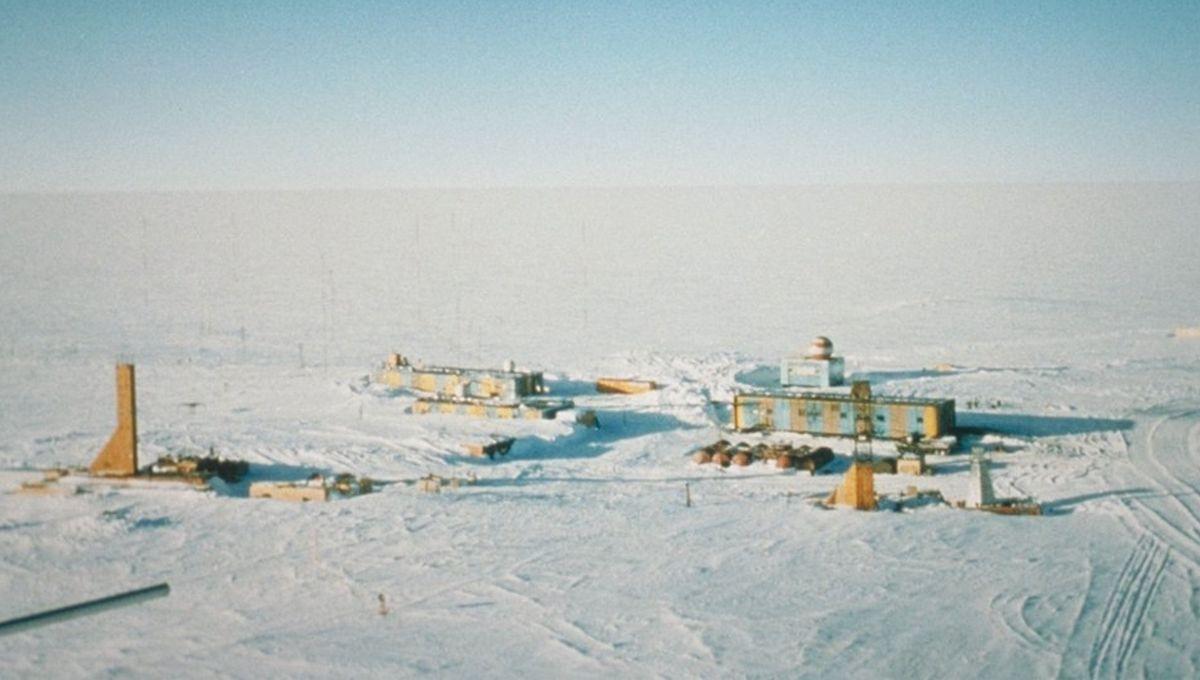What Would You Find If You Drill Down Deep Under Antarctica?

What Would You Find If You Drill Down Deep Under Antarctica?
What’s below the ice of Antarctica? Drill down into the Earth’s biggest desert to find out, and you’ll probably come away with the answer “more ice” – and that’s not wrong, exactly, but it’s certainly not the whole story.
The rest of this article is behind a paywall. Please sign in or subscribe to access the full content. “The surface of Antarctica is pretty harsh. We see very little to no life at the surface – it's too dry, too cold,” John Priscu, now Regents Professor Emeritus in Montana State University’s Department of Land Resources and Environmental Sciences and one-time Senior Research Scientist in the Polar Oceans Research Group, told The Guardian back in 2012. But “once you get down to the bottom, it's warmer,” he said. “There's liquid water, it's a much more clement environment down there. You just have to have a special set of organisms to know how to use it.” That’s right: below Antarctica, there are lakes – hundreds of them, in fact, some so big as to rival the Great Lakes of North America. Lake Vostok, for example, is the 16th largest lake in the world by area – and so far unseen by human eyes, having been isolated from the rest of the world for the past 15 million years. Vostok, like the majority of its 674 fellow sub-Antarctic lakes, sits thousands of meters below the ice. It’s only by being so deep under the surface – approximately 4 kilometers (2.48 miles) for Vostok itself – that they can exist at all. “It persists despite surface temperatures that regularly hover around -60 degrees Celsius [-76°F], because the bottom of the ice at this locale absorbs enough heat from the interior of the Earth to keep the lake from freezing,” explained glaciologist and polar scientist Martin Siegert, now Deputy Vice Chancellor (Cornwall) at the University of Exeter, in a 1999 article for American Scientist. Lake Vostok is the largest known subglacial lake in Antarctica. Image credit: Nicolle Rager-Fuller / NSF. Public Domain via Wikimedia Commons But their mere existence isn’t what makes them truly incredible. Being so isolated from the world for so long means that, potentially, there are whole worlds of unknown lifeforms down there – the results of evolution on a timescale that saw, elsewhere on the planet, Hominidae split from the ancestors of the gibbon; Homininae split from the ancestors of the orangutan; Hominini split from the ancestors of the gorilla; and Homo split from the ancestors of chimps and bonobos. They could, if they exist, be very novel organisms indeed. This is not just idle speculation, either. In 2012, Russian scientists working at the nearby Vostok station finally succeeded in their years-long effort to drill down to the lake’s surface; a year later, when the resulting samples of Vostok water had been analyzed for signs of life, it was confirmed that the lake likely harbors extremophile bacteria, and potentially even fungi, crustaceans, and mollusks as well. “We found much more complexity than anyone thought,” Scott Rogers, a professor in the Department of Biological Sciences at Bowling Green State University, Ohio, who had sequenced the genomes found in the Vostok samples, told New Scientist back in 2013. “It really shows the tenacity of life,” he said, “and how organisms can survive in places where a couple dozen years ago we thought nothing could survive.” If life exists thousands of meters below Antarctica, it could tell us not only more about our own planet – what came before us, and how life might have been under different circumstances – but it also raises new possibilities about worlds far from home. Europa, for example – the moon of Jupiter where a vast ocean sits 20 kilometers below a smooth icy shell – is thought by some to be one of the prime candidates for extraterrestrial life. Precisely what life is a complete mystery – but “when it comes to Europa, there's no better analog on Earth than Lake Vostok,” Kevin Hand, deputy chief scientist of Solar System exploration for NASA's Jet Propulsion Laboratory, told Space.com in 2012. “Europa is the premier place to search for the second origin of life in the Solar System,” Hand said. “If we do find a living ecosystem in Lake Vostok, [then] learning about what makes that ecosystem tick, what allows that life to arise and thrive, could provide guidance for how to look for and understand the potentially habitable environment of Europa.”


